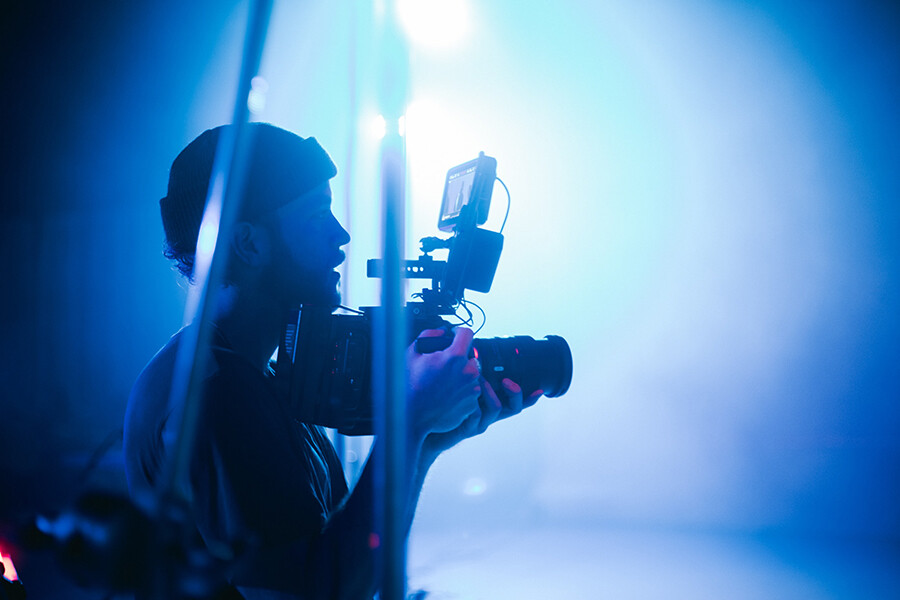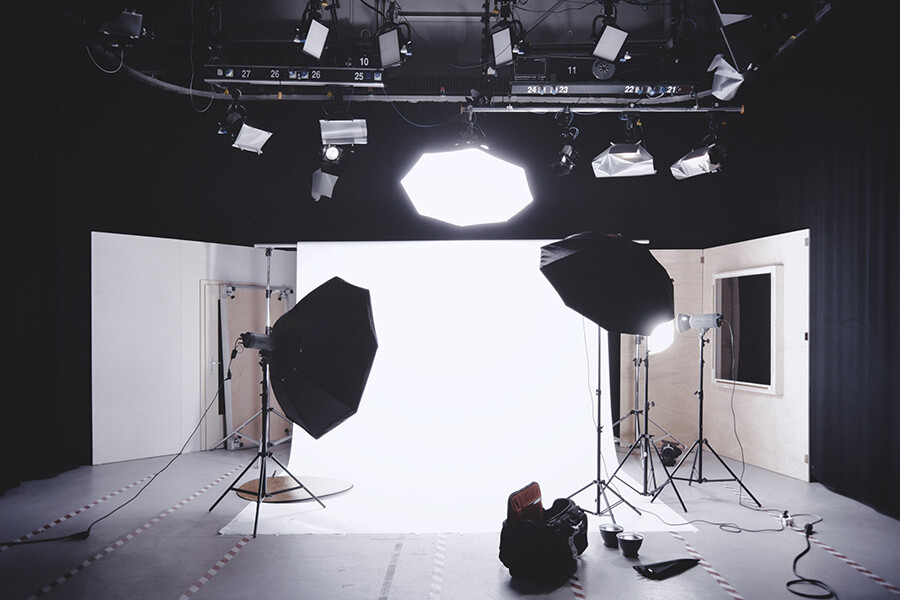- Accueil
- La recherche
- Mémoires et Travaux de fin d’études
- Reconstitution d’un patrimoine culturel immatériel d’antan : Faire retentir les traces et vestiges du paysage sonore du passé
Reconstitution d’un patrimoine culturel immatériel d’antan : Faire retentir les traces et vestiges du paysage sonore du passé
Auteur : Thibault NOIROT
Directeur(s) de mémoire : Jean Rouchouse & Mylène Pardoën
Son
Résumé : Ce mémoire de recherche se penche sur la thématique de l’archéologie du paysage sonore et du patrimoine culturel immatériel dans le but de faire resurgir et de rassembler au moyen d’objets sonores signifiants, les fragments qui constituaient le paysage sonore d’autrefois de l’esplanade du château des ducs de Wurtemberg à la fin du XVIe siècle. L’objectif est d’imaginer de quelle façon la plausibilité d’une authenticité de la mise en scène audio narrative d’un projet archéologique de reconstitution du paysage sonore autour des thématiques historiques, patrimoniales et immersives peut être suggérée. Pour y parvenir, des approches méthodologiques essentielles sont étudiées : l’archéoacoustique (auralisation), l’archéologie du paysage sonore, ou encore l’organologie. Une perspective d’approche d’auralisation de l’église Saint-Maimboeuf disparue et du temple Saint-Martin est amorcée. Les rencontres de huit experts sur des thématiques liées au sujet de la construction de la tour Rouge du château des ducs de Wurtemberg et du paysage sonore de son esplanade ont été effectuées sous forme d’entretiens pour évoquer la taille de pierre, la théologie, les musiques anciennes, l’histoire, l’archéologie ou encore l’ornithologie. Les résultats de cette recherche expérimentale et scientifique sont présentés sous forme de carte sonore et d’un projet sonore multicanal en réalité mixte. Pour mener à bien la restitution de cette recherche, des campagnes d’enregistrement sonore d’une cloche et des métiers pratiqués au château de Guédelon ont été réalisées. Ainsi, effectuer le récit de reconstitution d’un temps révolu dans une limite spatio-temporelle nécessite une mise en œuvre rigoureuse des faits sonores signifiants. Cette mise en œuvre archéologique qui prend appui sur des preuves tangibles doit être cadrée par une dimension scientifique. Le paysage sonore contextualisé devient alors un maillage sonore complexe, cohérent et vraisemblable. Le projet de recherche ainsi réalisé permet sous cette forme de sensibiliser sur les thématiques de la médiation culturelle et de la valorisation du patrimoine en proposant une reproduction riche en retombées intellectuelles.
Mots-clés : Archéologie ; paysage sonore ; patrimoine culturel immatériel ; field recording ; patrimoine sonore ; médiation culturelle ; réalité virtuelle ; moteur de jeu vidéo.
—
Abstract: This research is about the theme of sound archeology and intangible cultural heritage. The wondering is about the resurrection of old traces, using sound objects and the fragments of the past which constituted the soundscape of the castle of the Dukes of Württemberg at the end of the 16th century. The purpose is to imagine how can the plausibility and authenticity of the audio-narrative staging of an archaeological project to reconstruct the soundscape around historical, heritage and immersive themes can be suggested? Methodological approaches exist and are developed; archaeoacoustics with auralisation method, or the archeology of the soundscape which uses sound objects among other things, or even organology and copies of musical instruments… We are not trying to recreate what is lost, but rather to serve objects, documents, practices maintained over the centuries. I meet eight experts on themes around the subject of the construction of the Red Tower of the castle of the Dukes of Württemberg and the soundscape of its esplanade conducted in the form of interviews to discuss stone cutting, theology, ancient music, history, archeology and even ornithology. Other themes were approached around linguistics and dialects, the processes of recording a bell and the trade craftsmen practiced during constructions in the 16th century at the Château de Guédelon, but also an approach of the auralisation of the Saint-Maimboeuf church which has disappeared and the Saint-Martin temple, the remains of which are now resurfacing, and the subject of living heritage. To express these research results, the use of a sound map and choice of audio-narrative staging of an audiovisual resource by means of mixed reality and multichannel broadcasting technologies play a crucial role for this purpose. Performing the reconstruction story of a bygone era consists of a rigorous implementation of sound objects between them, constraining oneself to a spatiotemporal limit. The soundscape that we contextualize is a sound layering of interdependent sources that are part of a complex sound mesh.
Keywords: Sound archaeology ; soundscape ; intangible cultural heritage ; field recording ; Virtual Reality.



